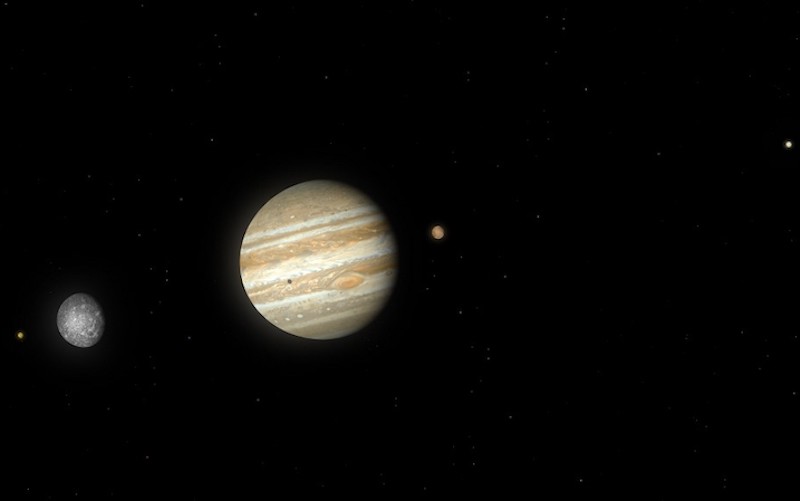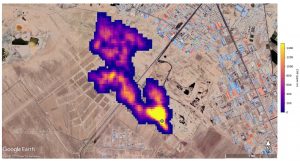The uncanny resemblance between features on Europa’s frozen surface and a landform in Greenland that sits atop a sizeable pocket of water are providing intriguing new indications that this moon of Jupiter may be capable of harbouring life.
A study published on Tuesday explored similarities between elongated landforms called double ridges that look like huge gashes across Europa’s surface and a smaller version in Greenland examined using ice-penetrating radar.
Europa is a target of two upcoming missions, the European Space Agency‘s JUICE (short for the Jupiter Icy Moons Explorer) and NASA’s Europa Clipper.
Clipper will carry ice-penetrating radar, similar to how the researchers studied Greenland, to collect subsurface imaging of Europa’s ice shell.
China also wants to lay the foundation for the exploration of Jupiter and has expressed interest in another moon, Callisto.
One of the Best Candidates
Europa stands out as one of the best candidates for hosting extraterrestrial life in our solar system due to the liquid water in the subsurface ocean and what scientists understand about its chemistry, Stanford University geophysicist Riley Culberg, lead author of the study published in the journal Nature Communications, said.
Its double ridges are linear, with two peaks and a central trough between them. Radar data showed that refreezing of liquid subsurface water drove the formation of Greenland’s double ridge.
‘
If Europa’s features form the same way, this could signal the presence of copious amounts of liquid water – a key ingredient for life – near the surface of this Jovian moon’s thick outer ice shell.
In the search for extraterrestrial life, Europa has attracted attention as one of the locales in our solar system that may be habitable, perhaps by microbes, owing to a global saltwater ocean detected deep beneath its ice shell.
Innumerable water pockets closer to the surface would represent a second potential habitat for organisms.
- Reuters, with additional editing by George Russell
























